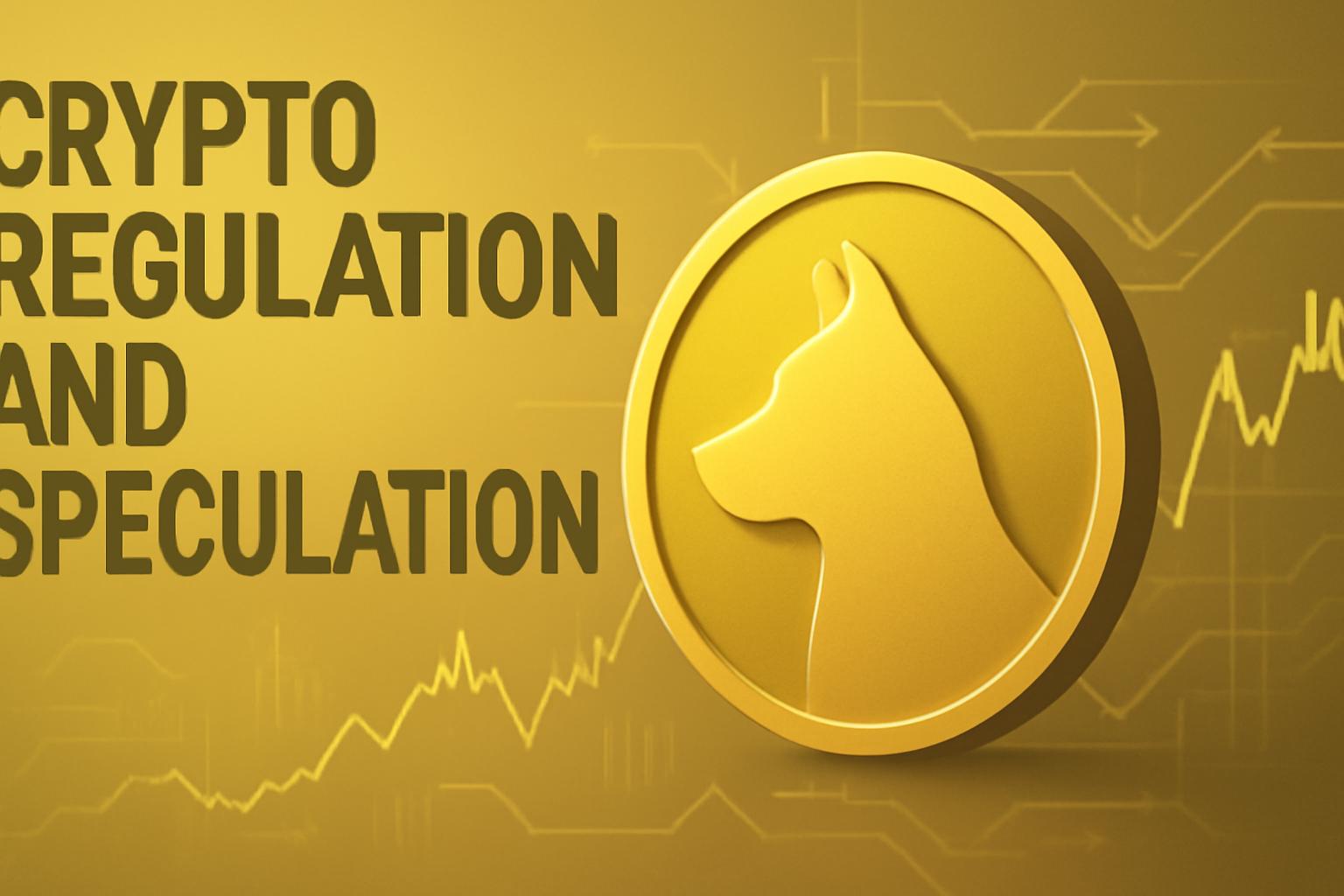US Launch of Dogecoin ETF Divides Industry Over Speculation and Legitimacy
The first US exchange-traded fund (ETF) focused on Dogecoin (DOGE) is scheduled to debut this Thursday, igniting debate within the cryptocurrency community. The Rex-Osprey Dogecoin ETF (ticker: DOJE) represents a novel regulatory approach, having received approval under the Investment Company Act of 1940, a framework typically reserved for mutual funds and diversified ETFs, rather than the Securities Act of 1933 under which most Bitcoin ETFs have been approved.
Unlike Bitcoin ETFs that hold the asset directly, DOJE gains exposure through a Cayman Islands subsidiary and derivatives to comply with diversification requirements imposed by the 1940 Act. This structure restricts single-asset concentration, differentiating it from the straightforward custody model seen in funds like BlackRock’s Bitcoin spot ETF.
Controversy Over Institutionalizing a Memecoin
While cryptocurrency ETF launches generally garner positive industry reception, the Dogecoin ETF has faced criticism for institutionalizing what many view as speculative and meme-driven assets. Critics argue that investors would be better served purchasing Dogecoin directly, avoiding the ETF’s fees and complexities.
Brian Huang, CEO of crypto management platform Glider, described the fund’s expense ratios as “off-the-charts,” emphasizing that setting up a Coinbase account to buy DOGE directly is a simpler and cost-effective alternative. Furthermore, he suggested institutional investors tend to favor tokens with clear revenue models and utility, which Dogecoin lacks.
Dogecoin originated in 2013 as a fork of Litecoin— itself a Bitcoin derivative—initially conceived as a joke. Despite this, it has grown into a top-10 cryptocurrency by market capitalization, largely fueled by retail enthusiasm and social media momentum, notably amplified by Tesla CEO Elon Musk’s endorsements. However, Dogecoin’s tokenomics diverge sharply from Bitcoin’s scarcity model: it has no maximum supply and issues 10,000 new coins per minute, resulting in inflationary pressure that some analysts see as a fundamental weakness.
Memecoins and Market Prioritization
Some blockchain industry voices express concern that memecoins like Dogecoin divert capital and attention from projects with more substantive technological development. Douglas Colkitt, founding contributor to blockchain platform Fogo, criticized the Dogecoin ETF’s precedence over more technically rigorous projects, arguing that the ETF merely provides a Wall Street-friendly vehicle for speculation.
Regulatory Landscape and Community Influence
As of late August, the US Securities and Exchange Commission (SEC) was reviewing 92 crypto exchange-traded product (ETP) applications, including several memecoin-related proposals such as those linked to the Pudgy Penguins NFT brand’s token, Pengu. The SEC recently delayed its decision on the Bitwise Dogecoin ETF, extending the review period to November 12.
Advocates for the Dogecoin ETF emphasize the role of vibrant communities in driving regulatory acceptance. Maja Vujinovic, CEO of FG Nexus Digital Assets, highlighted that Dogecoin’s regulatory breakthrough signals that social momentum and community engagement are influential factors alongside market capitalization in shaping regulatory responses.
Dogecoin’s mainstream visibility and resilience—withstanding multiple bear markets—distinguish it from other memecoins. The ETF’s approval process reinforces the notion that regulated financial products can incorporate assets once dismissed as mere internet phenomena.
Blurring Lines Between Speculation and Financial Innovation
The Dogecoin ETF raises fundamental questions about the role of culture and speculation in the cryptocurrency market. Critics maintain that wrapping a single asset like Dogecoin in an ETF structure does not alter its speculative nature but rather institutionalizes it with additional fees and regulatory oversight. Conversely, proponents argue that the ETF format introduces critical elements such as custody, audit, and disclosure standards, enhancing investor protections and mainstream acceptance.
Colkitt observed that the ETF’s launch suggests that “anything is on the table,” reflecting the crypto market’s evolving boundaries between serious financial innovation and entertainment-driven speculation.
Looking ahead, Rex-Osprey has filed for additional memecoin ETFs, including products tied to Official Trump (TRUMP) and Bonk (BONK), alongside altcoins like XRP and Solana, indicating that the regulatory acceptance of diverse crypto assets may continue to expand.
FinOracleAI — Market View
The introduction of the Dogecoin ETF is likely to have a neutral short-term market impact. While it represents a regulatory milestone by legitimizing a memecoin within a traditional investment vehicle, it does not fundamentally change Dogecoin’s speculative nature or tokenomics. The ETF may attract new institutional and retail interest, but elevated fees and the availability of direct token purchases could limit inflows.
Risks include increased regulatory scrutiny and potential investor backlash if memecoin ETFs are perceived as promoting speculative excess. Market participants should monitor SEC decisions on pending crypto ETF applications and investor reception to assess whether this initiative broadens crypto adoption or reinforces volatility.
Impact: neutral













